Liposuction is the surgical process of extracting excess fat from specific parts of the body to achieve shaping and weight loss effects. Liposuction surgery is usually suitable for situations where local fat accumulation is difficult to eliminate through diet and exercise, such as the abdomen, thighs, buttocks, and other areas. A detailed evaluation should be conducted before surgery to select a suitable liposuction method, and postoperative care and recovery should be taken into account.
1. Principle and Method of Liposuction Surgery
Liposuction surgery uses negative pressure suction technology to insert a thin tube through a skin incision, break down fat cells, and aspirate them out of the body. Common liposuction methods include traditional liposuction, ultrasound assisted liposuction, and laser assisted liposuction. Traditional liposuction breaks down fat through mechanical force and is suitable for removing large areas of fat; Ultrasonic assisted liposuction utilizes ultrasonic energy to liquefy fat and reduce damage to surrounding tissues; Laser assisted liposuction uses laser thermal energy to dissolve fat, suitable for small-scale fine shaping. Before the surgery, a full body examination is required to ensure that the physical condition is suitable for the operation, and experienced doctors should be selected for the operation.
2. Indications and Precautions for Liposuction Surgery
Liposuction surgery is suitable for situations where local fat accumulation is significant and difficult to improve through other means, such as the abdomen, thighs, buttocks, and other areas. A detailed evaluation is required before surgery to rule out contraindications such as severe cardiovascular disease, coagulation dysfunction, etc. After surgery, it is necessary to wear shapewear to help the skin contract and shape, and to avoid intense exercise and overwork. Normal reactions such as swelling and bruising may occur after surgery, and care should be taken according to medical advice, such as cold compress, massage, etc., to promote recovery.
3. Risks and Complications of Liposuction Surgery
Although liposuction surgery is relatively safe, there are still certain risks, such as infection, bleeding, fat embolism, etc. Choosing reputable medical institutions and experienced doctors can reduce risks. After surgery, close observation of physical reactions is necessary. If abnormal symptoms such as fever, severe pain, and difficulty breathing occur, timely medical attention should be sought. Liposuction surgery is not a universal method for weight loss. After surgery, it is still necessary to maintain the effect through healthy diet and moderate exercise to avoid fat accumulation again. Liposuction surgery is an effective local shaping method, but it needs to be performed under the guidance of a professional doctor and strictly follow the precautions before and after surgery. Through scientific methods and reasonable nursing, ideal shaping effects can be achieved while reducing surgical risks. Only by combining a healthy lifestyle after surgery can one maintain a good physical condition and overall health in the long term.

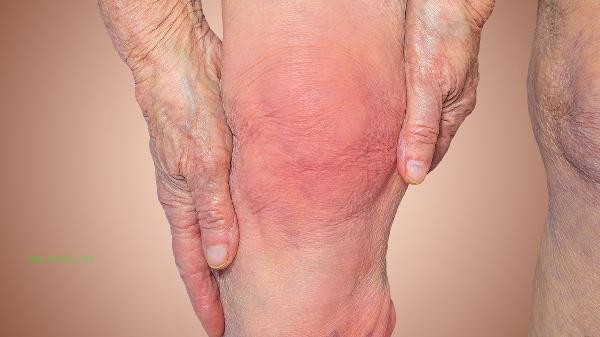
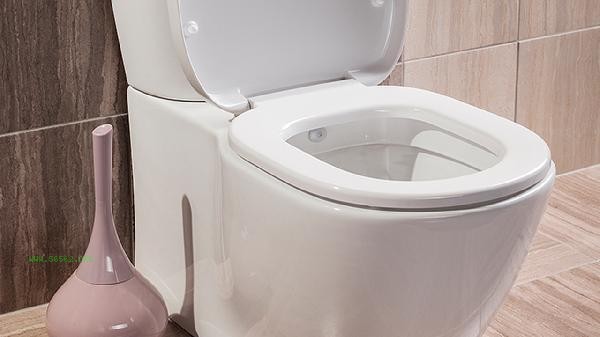
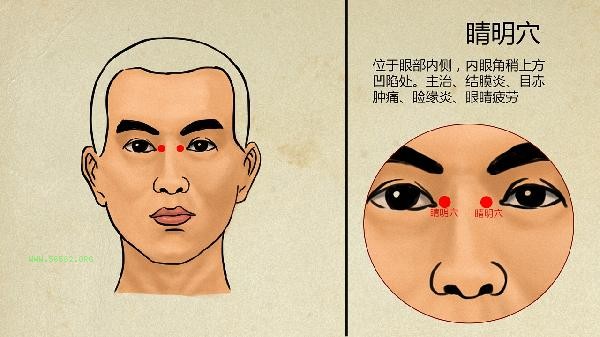
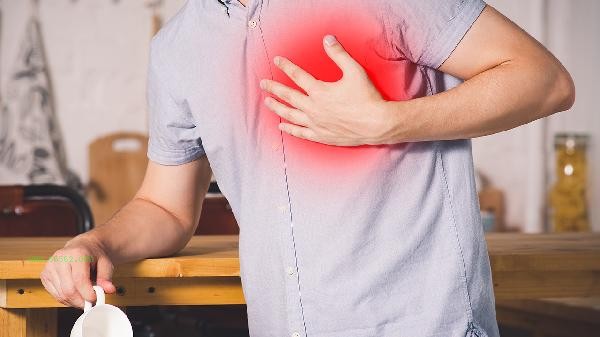
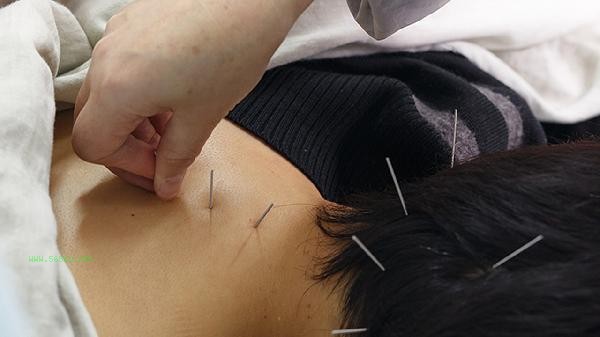


Comments (0)
Leave a Comment
No comments yet
Be the first to share your thoughts!